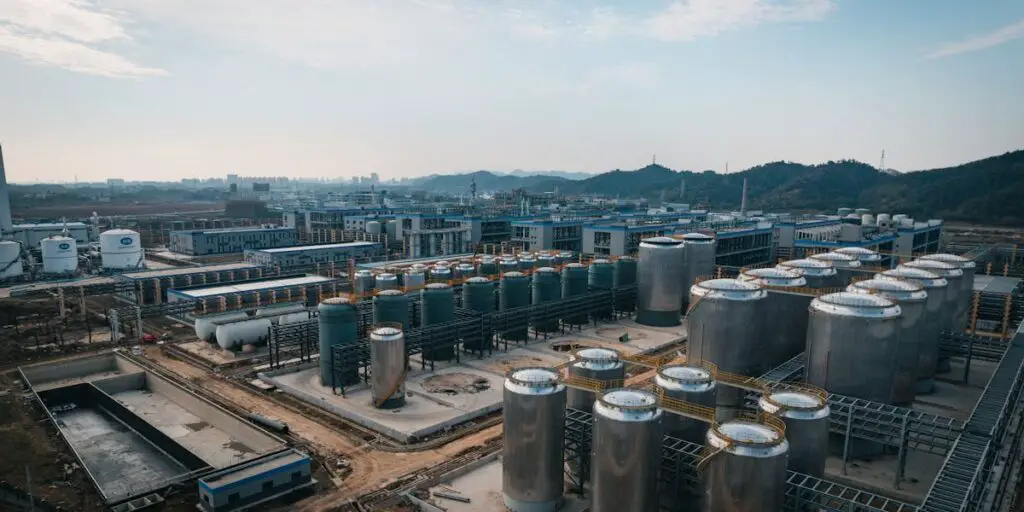Elaborate on the Liberalisation, Privatisation, and Globalization (LPG) policies
The LPG reforms introduced in India in 1991 marked a transformative phase in the country’s economic policy, steering it away from a closed and state-controlled system toward an open, market-oriented economy. These policies were primarily aimed at addressing the severe economic crisis that India was facing at the time and have since played a critical role in shaping its economic trajectory.
Liberalisation
Liberalisation refers to the reduction of government control over economic activities, aiming to create a free-market environment. It involves removing restrictions on trade, investment, and industry, allowing market forces to dictate economic decisions.
Key Features of Liberalisation:
- Deregulation of Industries:
- The abolition of the License Raj, which required businesses to obtain licenses for most activities, reduced bureaucratic hurdles.
- Industries such as automobiles, telecommunications, and pharmaceuticals were deregulated, spurring competition and innovation.
- Trade Liberalisation:
- Reduction in import tariffs and duties to encourage international trade.
- Quotas and restrictions on imports were largely removed, leading to an increase in the availability of foreign goods.
- Financial Sector Reforms:
- Banking, insurance, and capital markets were opened to private and foreign participation.
- The establishment of SEBI (Securities and Exchange Board of India) ensured transparent and regulated capital markets.
- Foreign Exchange Reforms:
- The introduction of a market-determined exchange rate system replaced the earlier fixed exchange rate regime.
Impact of Liberalisation:
- Economic Efficiency:
- Competition among industries improved efficiency and reduced production costs.
- Increased Trade:
- Exports and imports surged, integrating India more deeply into the global economy.
- Technology Transfer:
- Liberalisation allowed access to advanced global technologies, enhancing productivity.
Privatisation
Privatisation involves transferring ownership and control of public sector enterprises (PSEs) to private entities to enhance efficiency and reduce the financial burden on the government.
Key Features of Privatisation:
- Disinvestment:
- The government reduced its stake in public sector undertakings (PSUs) through the sale of shares to private players.
- Example: The privatisation of Bharat Aluminium Company (BALCO) and Maruti Udyog Limited.
- Encouragement of Private Investment:
- Sectors like telecommunications, aviation, and power generation, traditionally dominated by the public sector, were opened to private players.
- Example: The entry of private telecom operators like Bharti Airtel revolutionized the sector.
- Public-Private Partnerships (PPPs):
- Collaborative projects between the government and private entities emerged as a model for infrastructure development.
Impact of Privatisation:
- Increased Efficiency:
- Privately managed companies are generally more efficient due to profit-driven incentives.
- Reduced Fiscal Burden:
- The sale of PSUs helped reduce the government’s fiscal deficit.
- Improved Services:
- The entry of private players enhanced service quality, especially in sectors like telecommunications and aviation.
Globalisation
Globalisation refers to the integration of the domestic economy with the global market. It encompasses the flow of goods, services, capital, and information across borders.
Key Features of Globalisation:
- Foreign Direct Investment (FDI):
- Policies were introduced to attract FDI in various sectors, such as IT, retail, and infrastructure.
- Example: Global giants like Walmart, Amazon, and Google entered the Indian market.
- Expansion of International Trade:
- India became a member of the World Trade Organization (WTO) in 1995, committing to free trade principles.
- Adoption of Global Standards:
- Indian industries aligned with global practices in quality and technology to remain competitive.
Impact of Globalisation:
- Increased Exports:
- India’s software and services exports, led by IT giants like Infosys and TCS, have made it a global hub for outsourcing.
- Cultural Exchange:
- Exposure to global trends has influenced Indian society in areas like fashion, cuisine, and entertainment.
- Integration with Global Markets:
- Globalisation has made India an integral part of global supply chains.
Achievements of LPG Policies
- Economic Growth:
- Post-reform, India’s GDP growth accelerated, making it one of the fastest-growing economies in the world.
- Sectors like IT, telecommunications, and pharmaceuticals have become globally competitive.
- Employment Generation:
- The expansion of industries, particularly in the service sector, created millions of jobs.
- Technological Advancement:
- Liberalisation and globalisation facilitated the adoption of advanced technologies across industries.
- Improved Infrastructure:
- The privatisation of infrastructure sectors, such as airports and highways, led to significant improvements.
Challenges of LPG Policies
- Rising Inequality:
- Economic reforms have benefited certain sections of society disproportionately, widening the gap between the rich and the poor.
- Neglect of Agriculture:
- While industrial and service sectors flourished, agriculture faced stagnation, leading to rural distress.
- Dependence on Global Markets:
- India’s integration with the global economy has made it vulnerable to external shocks, such as the 2008 financial crisis.
- Environmental Degradation:
- Rapid industrialisation and urbanisation have led to increased pollution and resource depletion.
- Loss of Sovereignty:
- Dependence on foreign capital and multinational corporations has raised concerns about India’s economic autonomy.
Conclusion
The Liberalisation, Privatisation, and Globalisation reforms of 1991 marked a watershed moment in India’s economic history, transforming it from a controlled economy to a globally integrated market. While these reforms have brought significant benefits, such as increased economic growth and technological advancements, challenges like inequality and environmental concerns persist. Balancing economic growth with social equity and sustainability will be crucial for the continued success of LPG policies in the future.





